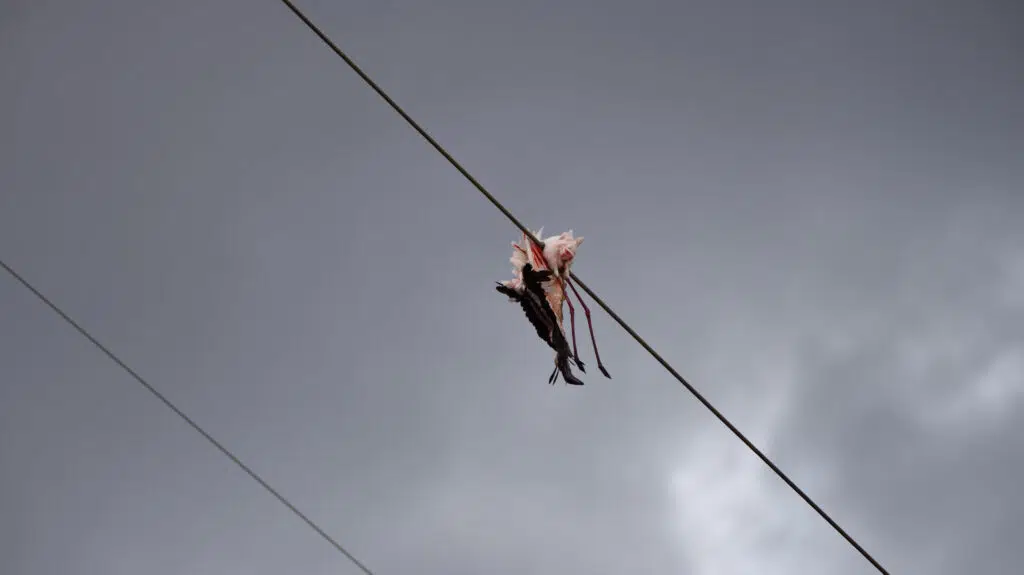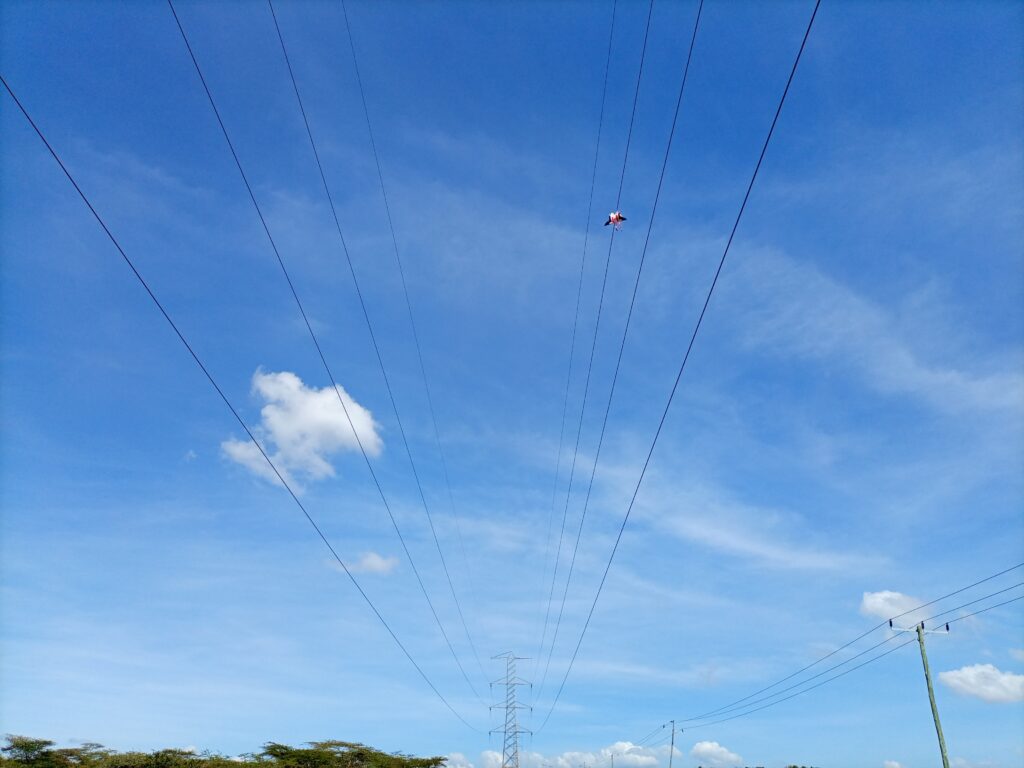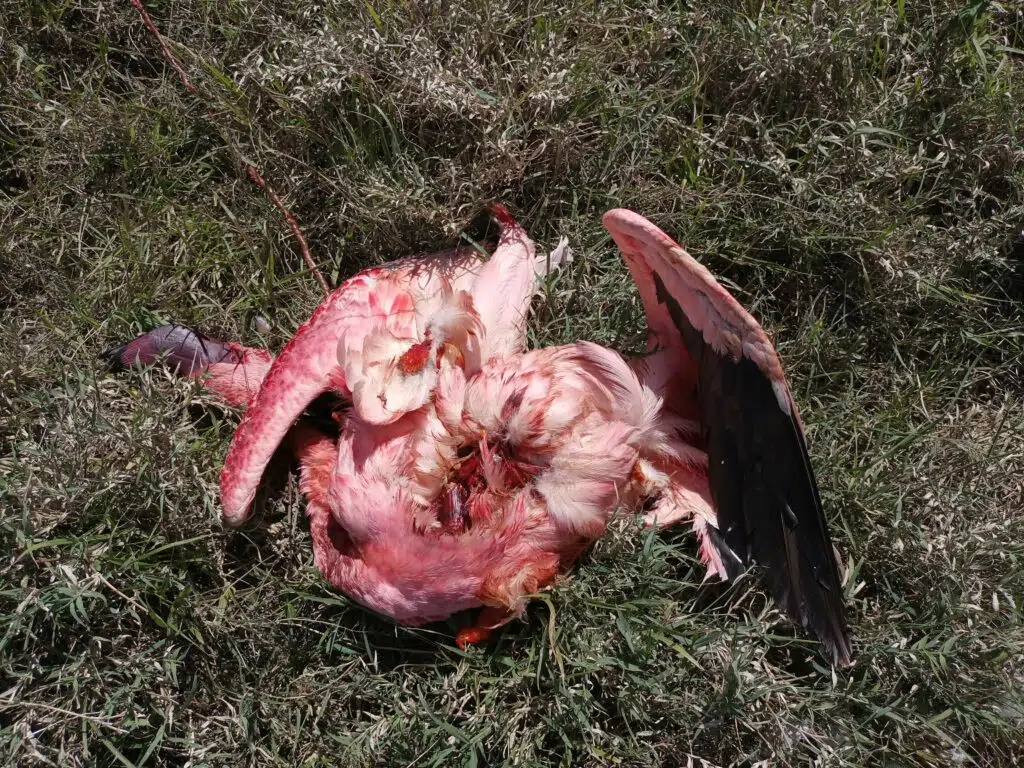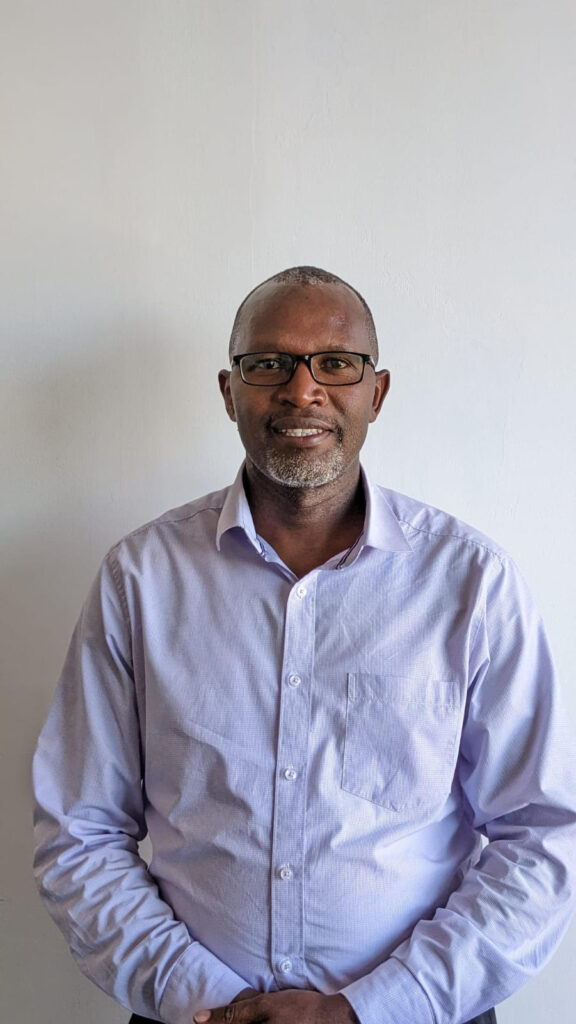Balancing conservation and energy development in Africa

600 million people have no access to electricity in Sub Saharan Africa. As energy infrastructure, including renewable energy continues to be rolled out across the continent, the risk to biodiversity particularly birds increases. BirdLife International, the world’s largest Nature Conservation Partnership is addressing this challenge through various interventions, as Alex Ngari, BirdLife International’s Migratory Birds & Flyways Programme Manager for Africa, highlights:
By Lewis Kihumba
What is the energy uptake landscape like in Africa?
Africa has the lowest access to electricity per capita; demand outstrips access leading to more than 600 million people without connection to electricity or just over 40% access rate. This significantly impedes to the continent’s socio-economic development.
Access to energy is critical for unlocking economic potential of countries. It is estimated that the energy deficiency costs Africa 2-4% of Gross Domestic Product (GDP) annually. Energy demand has been on the rise, over the last 15 years, the continent has witnessed a 60% increase in uptake of renewable energy.
As demand for energy grows, what are the effects of energy developments?
Energy sector developments can have significant positive & negative impacts on people and biodiversity. Where energy infrastructure is poorly deployed, can attract opposition from the public, leading to delayed implementation. In other instances, the project may be redesigned or stopped altogether, which all have cost implications. Where projects are implemented without biodiversity considerations, wildlife including birds and other vulnerable species are put in danger. It is estimated that, millions of birds die from electrocution or collision with poorly deployed energy infrastructure every year, which in turn leads to power disruptions and thus significant economic losses.
What are some of the biodiversity aspects being impacted by renewable energy development?
A good example is the long distance migratory Egyptian Vulture (Neophron percnopterus) which is listed by the International Union for Conservation of Nature (IUCN) as globally Endangered. Thousands of these birds have died due to electrocution and collision with poorly designed powerlines. In South Africa, where most studies have been conducted on the subject, 2294 dead birds were counted under a powerline in a span of 5 years up to 2011. Amur Falcon (Falco amurensis), Jackal Buzzard, (Buteo rufofuscus) and Common Kestrel (Falco tinnunculus) have been the most frequently reported raptor fatalities.
Further, there is displacement and disturbance, habitat destruction, barrier effect, and injuries which affect these birds and other biodiversity.
How does this impact energy utilities?
Negative interactions between birds and poorly-deployed energy infrastructure mean unreliable power supply to customers, revenue losses, project delays, expensive retrofitting of grids and loss of customers.

What are some of the solutions developed by BirdLife to address the negative impacts of energy developments on nature?
BirdLife and Partners are collaborating with stakeholders in the energy sector to provide practical and scalable solutions focused on four vital areas of energy production:
Planning: Use of Strategic Environmental Assessments (SEA) at policy or program level to help in informed decision making for these developments, is critical. BirdLife has developed risk screening tools, such as Avian Sensitivity Tool for Energy Planning (AVISTEP) which is being rolled out in Africa and elsewhere. AVISTEP is an online open-source application to help decision makers identify where renewable energy infrastructure could impact birds and should therefore be avoided, ensuring that facilities are developed in the most appropriate locations.
Generation: Use of mitigation measures such as Shut Down on Demand (SHOD) to prevent bird collisions. SHOD involves stopping turbines from rotating to every collision with oncoming vulnerable bird(s) and restarting when the collision threat is no more.
Power Transmission and Distribution: Use of nature friendly powerline infrastructure. This also entails use of mitigation measures to improve visibility and insulating wires to avoid collisions and electrocutions respectively.
In collaboration with governments and developers, BirdLife has implemented these solutions across the continent. In Egypt, the 240 MW Gabal-el Zayt wind farm located in the western coast of the Gulf of Suez, has some of the best wind regimes for power generation.
A staggering 400,000 birds from 41 migratory species have been recorded within the wind farm during spring migration alone. To reduce the threat of bird collision, BirdLife engaged various stakeholders and developed SHOD protocol for the wind farm, consequently averting massive bird mortalities and power losses.
At Port Sudan, a 31-km long powerline constructed in the 1950s was estimated to have killed thousands of long distance migratory Egyptian Vultures, which also led to severe power outages.
In 2013, BirdLife engaged NGO (Non-Governmental Organization) partners, power utilities, and government agencies in Sudan to replace the powerline with an insulated one. To date, no bird electrocutions from the line have been reported, power outages have disappeared. This intervention was the recipient of the 2015 “Good Practice Award” – Environmental protection Category, awarded by the Renewables-Grid-Initiative (RGI).

What’s your parting shot?
Renewable energy cannot be ‘green’ if the associated infrastructure continues to kill birds and harm other biodiversity. Through coalitions such as the Convention on the Conservation of Migratory Species (CMS) Energy Task force (ETF) and CLEANaction we are working with others and calling for the adequate integration of biodiversity protection in the energy sector. BirdLife invites collaborations to ensure a win-win for both energy and nature.

“Renewable energy cannot be ‘green’ if the associated infrastructure continues to kill birds and harm other biodiversity”
Alex Ngari, BirdLife International’s Migratory Birds & Flyways Program Manager for Africa